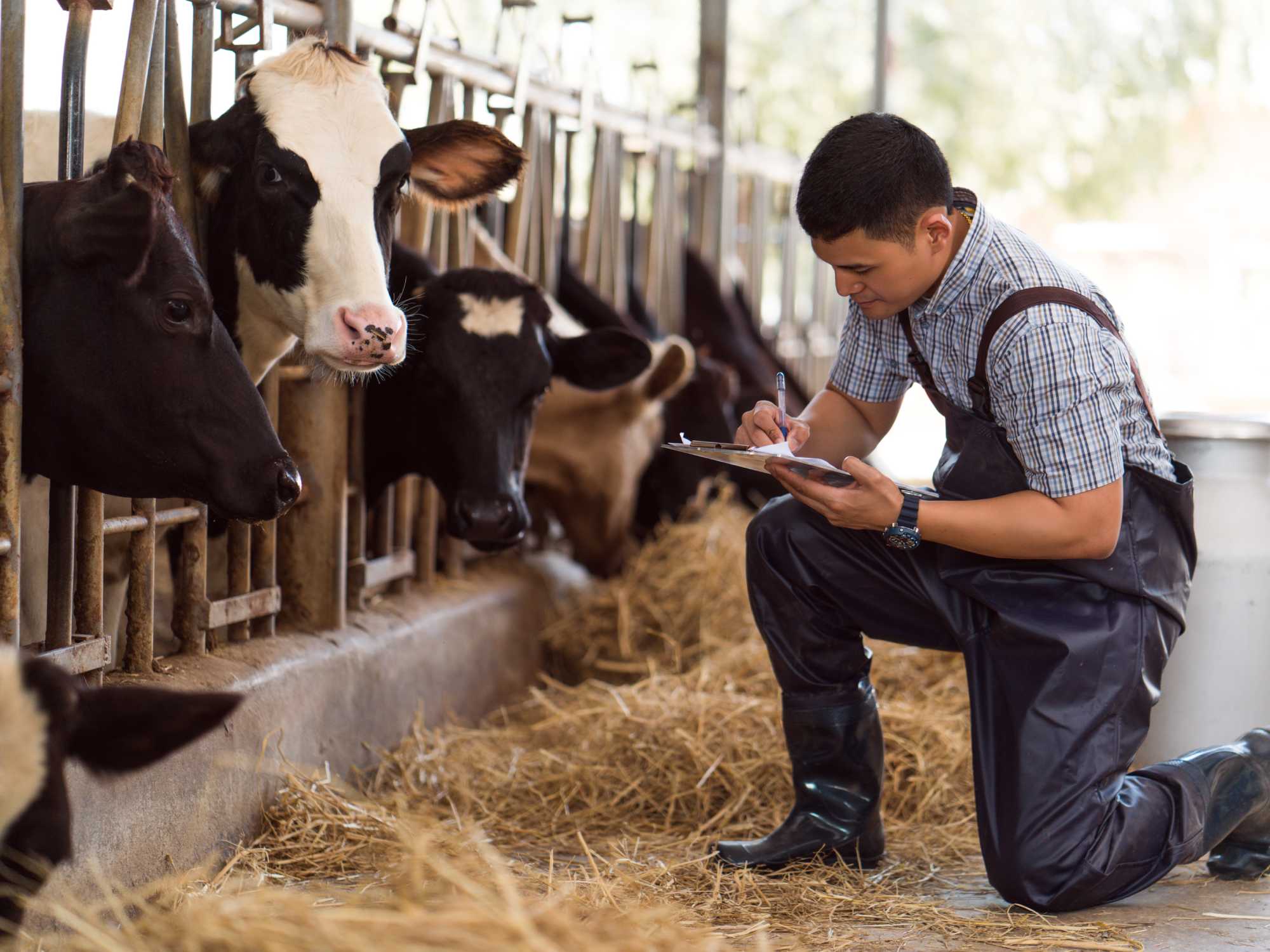The livestock industry plays a significant role in the agricultural economy, with cattle farming being a critical component. As a farmer, ensuring the health and strength of your cattle is essential, as it directly influences the quality of meat and milk production and the farm’s overall success.
Strong cattle are more productive and more resilient to disease and environmental stressors. A broad approach to cattle farming focuses on balanced nutrition, proper breeding techniques, and a vigilant attitude toward health care. These tips for farmers on how to grow strong cattle are strategies to ensure that your cattle thrive, contributing to a more profitable and sustainable farming operation.
Select Quality Breeds
Choosing the right breed is a foundational step in cattle farming. Quality breeds are more likely to exhibit desirable traits such as robust health, efficient feed conversion, and adaptability to local climates. Evaluating breed characteristics and consulting with local agricultural experts can help you select cattle that best suit your specific farming conditions and goals.
Proper Nutrition
A well-balanced diet is crucial in promoting strong growth in cattle. Ensure the cattle receive enough protein, carbohydrates, fats, vitamins, and minerals. Forage provides essential nutrients, but supplementation with grains, minerals, and vitamin mixes may be necessary depending on the cattle’s life stage and physiological needs. Regularly assess the nutritional quality of the feed and adjust diets based on age, weight, and production goals.
Monitor Weight
Regular monitoring of the cattle’s weight is essential for tracking growth rates and adjusting feeding programs. By optimizing weighing systems for livestock, farmers can achieve accurate assessments and make informed decisions on diet modifications and health interventions. Investing in reliable, easy-to-use weighing technology ensures consistent growth tracking and efficient herd management.
Maintain Excellent Health Care Practices
Healthy cattle involve proactive measures and regular veterinary checks. Vaccinate your animals routinely to prevent common infectious diseases. Monitoring and managing parasites through effective deworming schedules will support the herd’s overall health. Also, learn how to spot signs of illness early to prevent outbreaks.
Optimize Living Conditions
Creating a conducive living environment for cattle helps reduce stress, which can impact growth and productivity. Provide ample space, clean shelters, and adequate bedding to ensure comfort. Implement a rotational grazing system to maintain pasture quality and prevent overgrazing. Proper shelter offers protection against harsh weather conditions and supports cattle well-being.
Growing strong cattle requires attention to breed selection, nutrition, health care, living conditions, and precise growth monitoring. These strategic tips will support you in cultivating vigorous and productive cattle, enhancing the sustainability and success of your farming operations.
Texas Outdoors
Latest posts by Texas Outdoors (see all)
- Benefits of Two-Way Radios for Hiking and Camping – June 23, 2025
- What To Consider When Staying at Your First RV Campground – June 18, 2025
- A Quick Guide for the Different Off-Road Trail Ratings – June 11, 2025

Leave a Reply